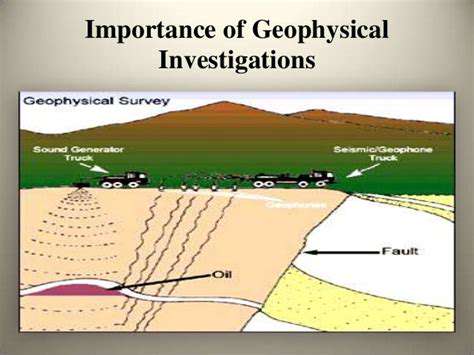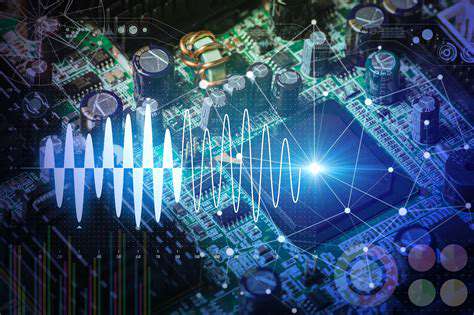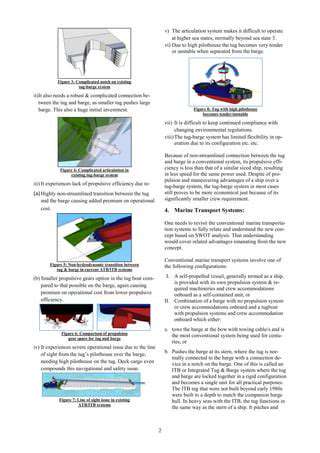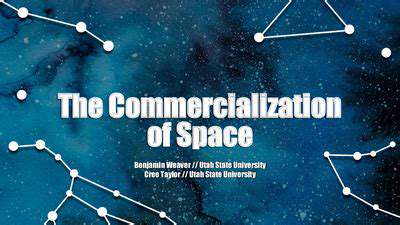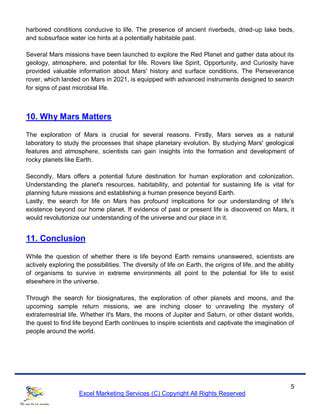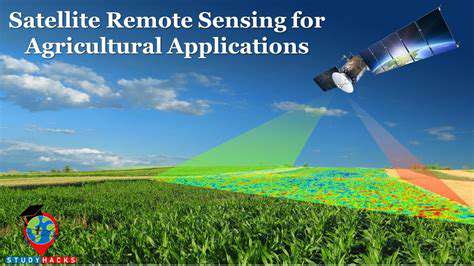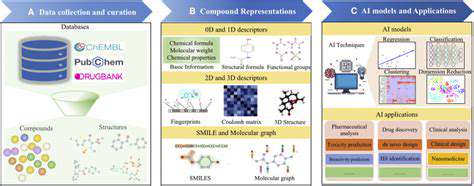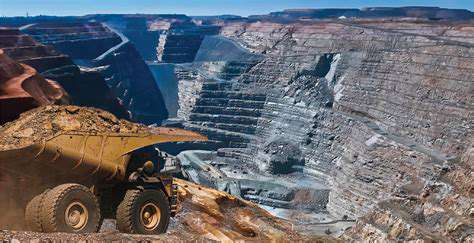Space-Based Infrastructure Vulnerabilities
The growing dependence on space-based infrastructure for global communication, navigation, and surveillance has opened up a new and precarious frontier for cyber threats. Satellites, ground stations, and their supporting networks now represent high-value targets for malicious actors. These geographically dispersed systems, with their intricate interdependencies, contain exploitable weaknesses in both design and operation that sophisticated attackers could manipulate. A comprehensive security strategy must address both physical and digital vulnerabilities through proactive measures.
Each component requires specific protective measures. Communication protocols between satellites and ground stations, if compromised, could enable unauthorized data manipulation, disrupting essential services across multiple sectors. Meanwhile, remote ground stations often lack sufficient security infrastructure, making them vulnerable to both cyber intrusions and physical breaches.
The Impact of Orbital Warfare
While still largely hypothetical, the potential for orbital warfare presents alarming possibilities. Envision a scenario where hostile forces disable or destroy satellites, potentially collapsing global communication networks, GPS systems, and early warning mechanisms. The ripple effects could destabilize financial markets, cripple emergency services, and trigger widespread social disruption on an unprecedented scale.
The escalation potential cannot be overstated. Satellite disruptions could rapidly spiral into broader conflicts with global implications, threatening international stability. This reality demands proactive measures focusing equally on deterrence and defensive capabilities in space.
Emerging Threats from AI and Machine Learning
The rapid advancement of artificial intelligence (AI) and machine learning (ML) technologies has created new avenues for sophisticated cyberattacks. These systems can process enormous datasets to identify system vulnerabilities, automate attack sequences, and dynamically adapt to defensive measures. This evolution renders traditional cybersecurity approaches increasingly obsolete, necessitating fundamental changes in threat mitigation strategies.
AI-powered threats to space systems are particularly concerning. Machine learning algorithms can detect and exploit previously unknown weaknesses in satellite systems, creating an evolving threat landscape that defies conventional countermeasures. The development of AI-enhanced security tools has become imperative to match these emerging challenges.
Cybersecurity Strategies for Space-Based Assets
Protecting space assets demands multi-layered cybersecurity approaches incorporating encryption, advanced intrusion detection, and strict access controls. Regular vulnerability assessments and comprehensive security audits are essential for identifying and addressing system weaknesses before they can be exploited.
International cooperation must form the cornerstone of space cybersecurity. Establishing global standards, facilitating threat intelligence sharing, and coordinating response protocols are critical for safeguarding space infrastructure. Such collaboration will help maximize the benefits of space technologies while minimizing security risks.
The Need for Space-Based Cybersecurity Professionals
The escalating space cyber threat landscape requires specialized professionals with expertise in satellite technologies and space operations. These experts must understand the unique challenges of securing systems operating in the space environment and develop appropriate protective measures.
Developing this workforce requires targeted educational programs and training initiatives through partnerships between academic institutions, industry leaders, and government agencies. Building this talent pipeline will ensure continued security and resilience of critical space infrastructure against evolving cyber threats.
Protecting Satellites: A Foundation for Space-Based Cybersecurity
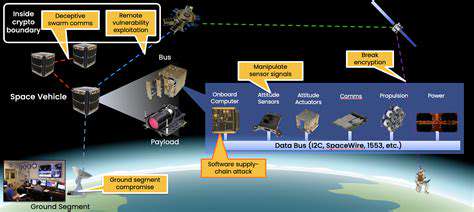
Orbital Debris: A Growing Threat
The accumulation of non-functional satellites, spent rocket components, and other space debris poses an escalating danger to operational spacecraft. Traveling at extreme velocities, these objects can inflict catastrophic damage through collisions. The compounding effect of such impacts threatens to render entire satellite constellations inoperable through cascading collisions. Addressing this challenge requires innovative technical solutions and international coordination.
Maintaining accurate debris tracking systems is essential for collision prediction and avoidance. Advanced sensor networks must continuously monitor orbital paths to enable timely protective actions.
Space Surveillance and Tracking
Comprehensive space surveillance networks form the backbone of orbital safety. These systems employ cutting-edge sensors and analytical algorithms to maintain complete situational awareness of all orbital objects. Precise, real-time tracking data is indispensable for assessing collision risks and implementing effective mitigation strategies.
Ongoing advancements in radar and optical tracking technologies continue to improve the accuracy and responsiveness of space surveillance systems, which are vital for maintaining safe orbital operations.
Active Debris Removal Technologies
The development of active debris removal (ADR) capabilities represents a critical step in addressing the space debris challenge. These specialized spacecraft would target and remove large debris objects from orbit, significantly reducing collision risks.
Creating effective ADR systems requires substantial research investment and cross-sector collaboration. Success will depend on coordinated efforts between government space agencies, private aerospace companies, and research institutions.
International Collaboration and Standards
Global cooperation is essential for effective space debris management. Establishing international standards and best practices will promote responsible space operations and ensure long-term sustainability of orbital activities. This includes developing guidelines for spacecraft design, operation, and end-of-life disposal to minimize debris generation.
Shared data and coordinated mitigation efforts among spacefaring nations will enhance the effectiveness of debris reduction strategies, creating a safer orbital environment for future space activities.
Mitigation Strategies and Prevention
Preventative measures are equally crucial for addressing the debris problem. Implementing advanced spacecraft disposal mechanisms, developing more resilient satellite designs, and improving launch procedures can significantly reduce new debris creation.
These proactive measures will dramatically slow the growth of orbital debris, preserving space access for future generations. Sustainable space operations must become the industry standard.
The Economic Implications of Satellite Protection
The financial impact of satellite protection extends beyond technology development costs. Collision-related satellite failures could trigger massive economic losses through disruption of critical services including communications, navigation, and weather monitoring.
While investments in debris mitigation and surveillance systems require substantial resources, the economic consequences of inaction would prove far more costly in the long term.
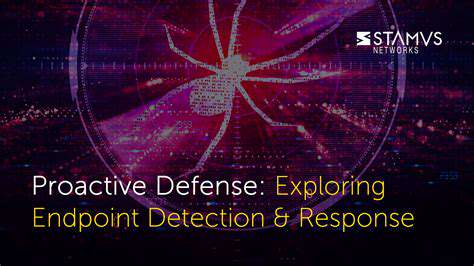
International Collaboration and Standards: Ensuring Global Security
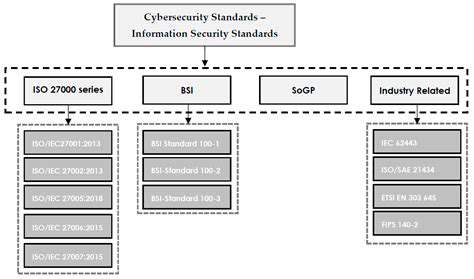
International Collaboration in Scientific Research
Global scientific cooperation has become indispensable for addressing complex challenges. Combining resources and expertise across national boundaries enables solutions to problems that transcend individual nations' capabilities. This collaborative approach yields deeper understanding of issues ranging from climate change to global health, producing more effective responses.
The free exchange of research data and methodologies accelerates scientific progress globally. Modern scientific challenges require this international perspective to break down disciplinary barriers and develop comprehensive solutions.
Facilitating Knowledge Transfer
International partnerships facilitate valuable exchanges of knowledge and best practices that drive technological advancement. These collaborations create learning opportunities that enhance research capabilities worldwide, particularly in developing nations. Beyond technical knowledge, they foster professional networks that support career development across the global scientific community.
Addressing Global Challenges
Planetary-scale problems demand internationally coordinated responses. Combining diverse perspectives and expertise leads to more innovative solutions for challenges like climate change and pandemics. Global collaboration ensures scientific knowledge translates into practical solutions benefiting all humanity.
In the face of existential threats, international scientific cooperation is not optional but essential for human survival and progress.
Overcoming Cultural and Linguistic Barriers
Successful international collaboration requires navigating cultural and language differences. Establishing clear communication protocols and fostering mutual understanding are critical for productive partnerships.
Building relationships based on trust and shared objectives creates the foundation for meaningful scientific cooperation that transcends national boundaries.
